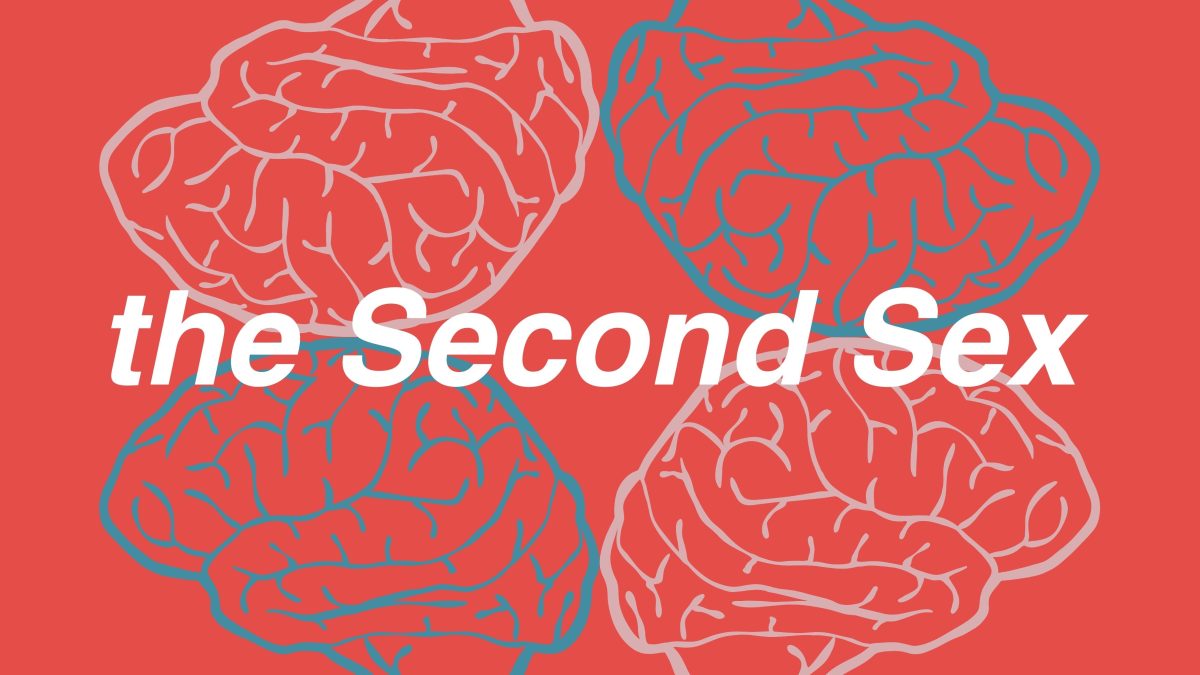After my first breakup, my best friend ceremoniously presented me with ‘the Bible’: a copy of the pseudo-scientific self-help book, Men Are from Mars, Women Are from Venus (1992). I was instructed, as part of a post-breakup rite of passage, to educate myself on the supposed differences between the male and female brains. Being treated poorly in relationships was inevitable, she insisted – men have a ‘male brain’, after all. What’s more, communication issues in my relationship were due to my innately self-sacrificing and feeble little ‘female brain’. At last, all was revealed!
If my little female brain can handle it, I intend to explore a series of fundamental feminist issues throughout my column, ‘The Second Sex’ (hello, Beauvoir) this term – particularly those issues that are often overlooked within the increasingly neoliberal, or mainstream, feminist movement itself. What better place to start than with the wildly pervasive myth of male and female brains?
A neurological driver of normative gender stereotypes is an attractive concept for the patriarchy. Neuroscientists have worked tirelessly since the dawn of the MRI to find sex-based differences between male and female brains. Virtually all of these claims have been discredited – but headlines such as: ‘Men and women really do think differently, say scientists’ still appear on the front page of The Times, and claims such as: ‘The female brain is predominantly hard-wired for empathy. The male brain is predominantly hard-wired for understanding and building systems,’ as written by Professor Simon Baron-Cohen, are still thrown around: both heedlessly and by design.
‘Neurosexism’ refers to this history of bias in the neuroscience of sex differences; the practice of claiming that there are innate, fixed differences between male and female brains to justify and reinforce the cultural construct of gender. The term was popularised by Cordelia Fine’s 2010 book, Delusions of Gender.
Despite ceaseless efforts to prove otherwise, human brains are not sexually dimorphic. This is not to say that some sex-based differences don’t exist – but rather, that these differences are patterns at best, and resist dimorphic categorisation, as brains are actually individual mosaics of features.
A recent meta-synthesis of three decades of research reveals very few differences between male and female brains – what have historically been considered sex-based differences are actually due to differences in brain size. For example, the idea that certain brain areas are disproportionately larger in men or women is false – brain size is proportional to body size. Once an individual’s head size is accounted for, individual brain regions do not vary by more than roughly 1% between men and women. Furthermore, global structural brain connectivity has often been lauded as a sex-based difference, with men having greater intrahemispheric connectivity and women greater interhemispheric connectivity – but this is also a product of brain size. So, the differences between the brains of a small-headed man and large-headed one will essentially be as great as the differences between the brains of a man and a woman.
Scientific literature on functional MRI sex differences has suffered from a huge publication bias. Early, small studies which found sex differences were more likely to be published than research which found no sex differences. But across hundreds such studies, reliability has been found to be extremely poor, and most of these studies have been discredited entirely – but not before they had manifested in sexist cultural myths.
Gendered socialisation is hugely responsible for differences in behaviour between men and women. We are cultural beings. So much of normative gender is socially constructed: arbitrary behaviours and attitudes assigned to biological sex characteristics. And the modern gender binary is not only a false dichotomy incapable of capturing the diversity of human behaviour, it is also a class system in which the class of man benefits from the oppression of the class of woman.
This is not to say that there are no differences between men and women outside of gendered socialisation – rather that any sex-based differences that do exist are not binary, but a spectrum that we assign cultural significance to due to our concept of gender. No differences in the brain prove that men are more logical than women, or that women are more suited to certain types of work than men. Yet, the cultural myth of a male and female brain persists, tenacious and incessant, rearing its head to shut down discussions of equality by crying: “But biology!”

